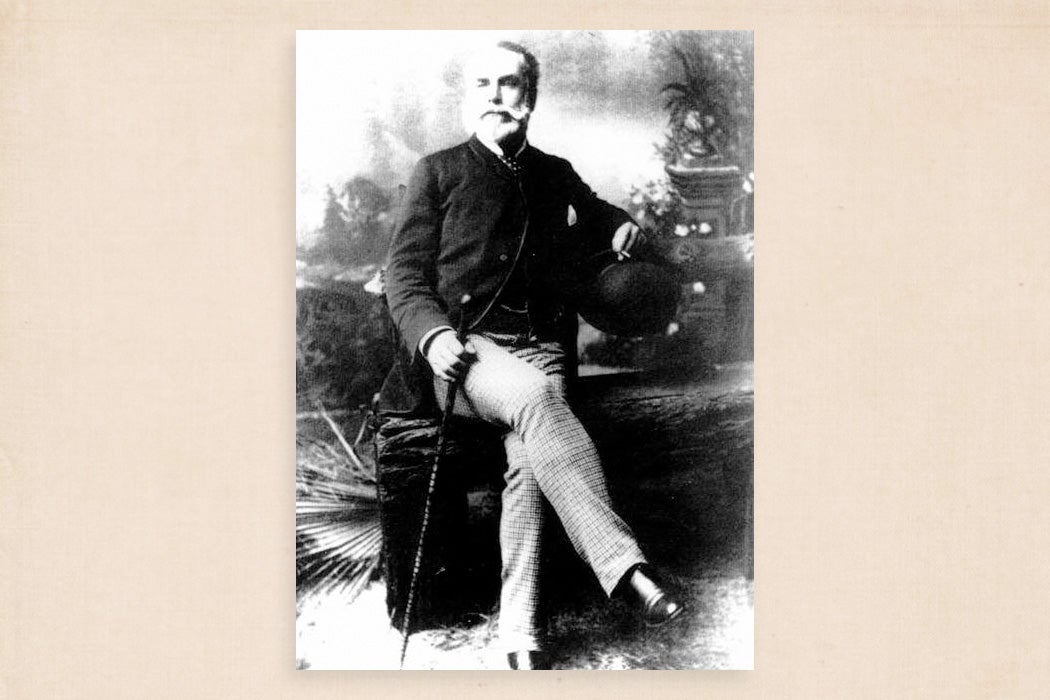The Fourteenth Amendment’s clauses on citizenship rights, due process, and equal protection make it one of the most important parts of the US Constitution. In a curious and highly consequential twist, the amendment’s reference to “persons” came to include corporations. This would have surprised those who crafted this Reconstruction-era amendment to enforce the citizenship rights of Black Americans and specifically to overturn the notorious 1857 Dred Scott Supreme Court decision that denied citizenship rights to people of African descent in America.
The extension of the Fourteenth Amendment to corporations as legal “persons” was first done in an 1880 California case called In re Tiburcio Parrott. Corporate personhood would eventually be endorsed by the Supreme Court and become a major “shield against state regulation” for corporations.
Legal historian Evelyn Atkinson reveals the “striking power of corporations in shaping the federal courts interpretation of the Fourteenth Amendment.” They did it first by challenging an anti-Chinese law.

Here’s how it happened. In 1878, California’s Workingmen’s Party and the Farmer’s Alliance came together to draft a new state constitution. These nativist forces wanted, explains Atkinson, to “curb the threat of Chinese labor by securing jobs for white men and to limit the power of large corporations.” The resulting new constitution was ratified the next year. It prohibited corporations from employing “coolies,” as migrant Chinese laborers were typically classified. White working class forces saw Chinese labor and corporations as “intertwined threats that challenged free white labor and threatened popular democracy.” “Coolieism” was seen as another form of slavery, threatening to reduce white laborers to the same status.
Tiburcio Parrott challenged California’s new constitutional prohibition under the Fourteenth Amendment’s due process and equal protection clauses. Parrott, son of one of the wealthiest men in San Fransisco, employed Chinese laborers in his toxic quicksilver mine and believed he could hire “whom he pleased and pay what he pleased.” The local Chinese consul joined Parrott’s suit; Chinese mercantile interests and labor contractors were just as interested in the issue, as were Chinese laborers themselves.
This part of the Chinese struggle for equal protection under the law was taken up by corporate lawyers representing mining and railroad interests, as well as the Pacific Mail Steamship Company, the primary shipper of Chinese immigrants.
“Corporate lawyers […] may not have been the initial drivers of litigation aimed to protect Chinese immigrants under the Fourteenth Amendment,” Atkinson writes, “but they soon realized that establishing a broad interpretation of the amendment via cases involving Chinese immigrants was a winning strategy for expanding the rights of their corporate clients as well.”
Conveniently, these lawyers argued before judges of the same class and associations. And these judges declared that the Fourteenth Amendment equalized “every person within the jurisdiction of the state, be he Christian or heathen, civilized or barbarian, Caucasian or Mongolian, upon the same secured footing and under the same protection.” The Ninth Circuit therefore held California’s prohibition unconstitutional. But then the judges went further, extending “their interpretation to cover corporations as well.” The corporators, or shareholders, were “natural persons,” so California’s law was “actually an attack on the rights of shareholders.”
Judge Hoffman’s opinion, writes Atkinson, “implied that corporate shareholders were equivalent to persecuted racial minorities. In so doing, he justified applying the Fourteenth Amendment to corporations, rendering the powerful akin to the powerless.”
Corporate lawyers quickly turned the Parrott decision towards “cases solely involving corporations.” Their argument, that “wealth was a ‘condition’ like race that must be shielded from unequal legislation,” helped give birth to the age of the robber barons.
Weekly Newsletter
Because of the nature of the case, Parrott couldn’t be appealed to the Supreme Court. But the highest court’s decisions in Yick Wo v. Hopkins and Santa Clara County v. Southern Pacific Railroad, both released on the same day in 1886, confirmed an interpretation of the Fourteenth Amendment that covered “not only persecuted minorities but corporate shareholders as well.”
Late nineteenth- and early twentieth-century Supreme Court decisions showed a marked friendliness to the idea of corporate personhood. They showed much less inclination to use the Fourteenth Amendment to protect racial minorities, even in the face of the “entrenchment of Jim Crow” and Chinese exclusion. Atkinson’s forthcoming book on the creation of the “constitutional corporate person” is fittingly entitled American Frankenstein.
Support JSTOR Daily! Join our membership program on Patreon today.







